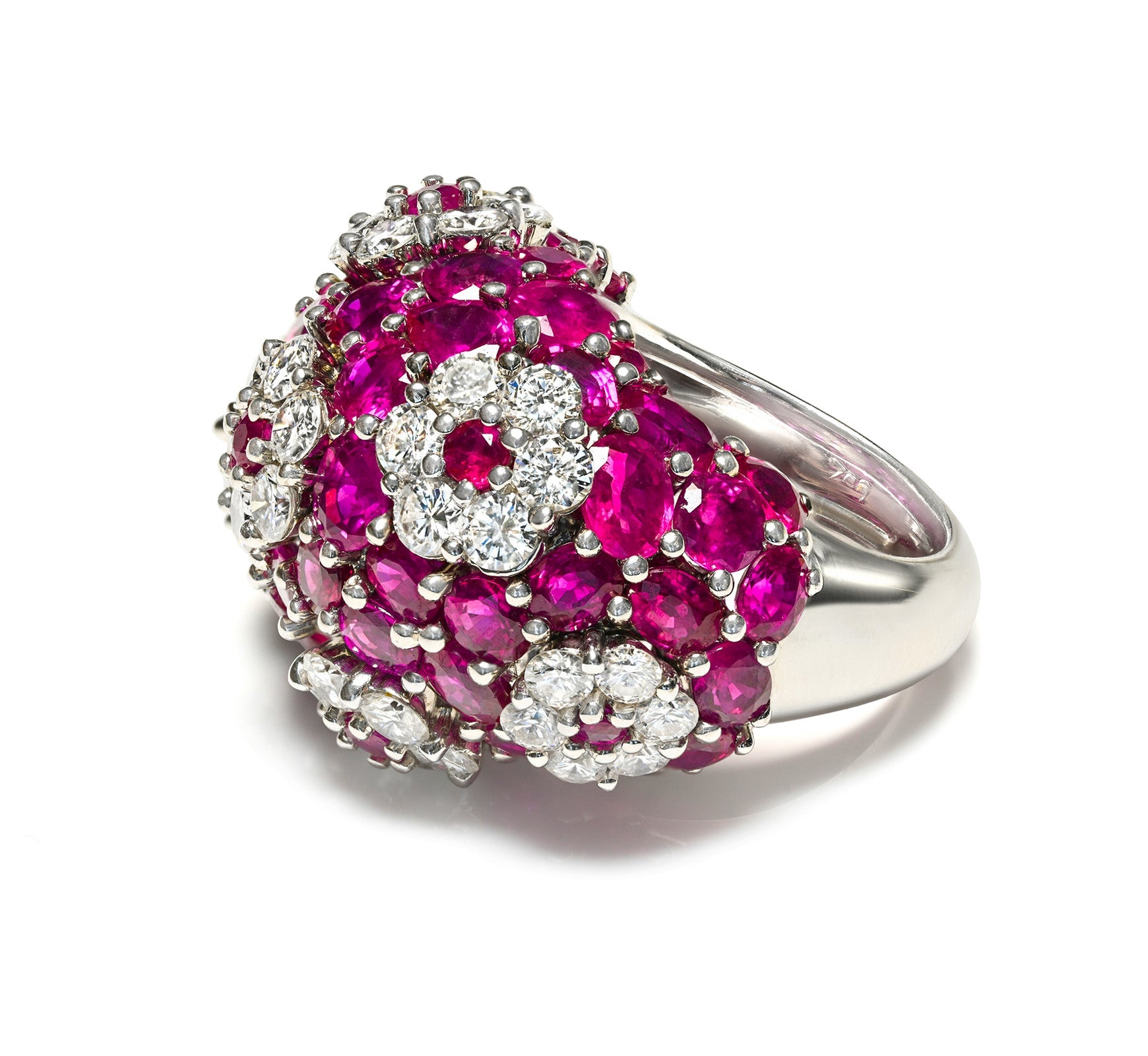
Jade: A Wonder of Nature – History, Symbols, and Properties
Jade, a semi-precious stone, has fascinated humanity since ancient times. This remarkable gem is said to possess magical properties, being used both as a talisman and as an ornament in jewelry.
Jade is renowned for its varied colors, ranging from greenish-white to dark green, with a glass-like luster. It is this combination of beauty and hardness that has made jade a cherished material in artwork for millennia.
Types of Jade
There are two primary types of jade, each with distinct compositions:
1. Jadeite: A pyroxene rich in aluminum and sodium, known for its variety of colors including emerald green (known as imperial jade), lavender, yellow, black, and white.
2. Nephrite: An amphibole composed of calcium silicate, magnesium, and iron. It predominantly appears in white, gray, dark green but can also exhibit reddish-brown and black hues.
Classification and Treatment of Jadeite
Jadeite is classified based on the treatments it undergoes:
Type A: Natural jadeite that is untreated except for polishing with colorless wax.
Type B: Jadeite that has been bleached and impregnated with polymers to enhance clarity and hardness.
Type C: Dyed jadeite to improve its color.
Type B+C: Jadeite that has undergone both bleaching, polymer impregnation, and dyeing.
Due to the prevalence of treatments, it is crucial that jadeite is certified by a gemological laboratory to ensure authenticity.
History and Significance of Jade in China
In China, jade has been revered for over 5,000 years. It has been used to craft ornaments, jewelry, and good luck charms. Its hardness also made it suitable for tools and weapons. In traditional Chinese medicine, jade is esteemed for its protective and calming properties.
It is believed to guard against evil spirits and aid in relaxation, making it ideal for treating insomnia. Additionally, jade symbolizes courage and balance, bringing good fortune to the wearer's life.
Jade in History and Traditions
Humanity has utilized jade for at least 100,000 years due to its hardness and strength—qualities that made it perfect for tools and weapons. In ancient China, jade held comparable importance to gold and diamonds in Western culture. The great philosopher Confucius even associated jade with human virtues and qualities.
Jade in Different Cultures
China: Used for funeral costumes of the imperial family members believed to ensure immortality.
Mexico: The gods Kukulcan and Quetzalcoatl were depicted with jade eyes; the stone was more precious than gold.
Egypt: Placed in rulers' tombs to symbolize the heart.
New Zealand: Maori warriors crafted nephrite swords which they treasured as heirlooms.
Modern Uses of Jade
Today, jade continues to be used in everything from jewelry to decorative objects and cosmetic tools. The jade roller—a popular facial massage tool—is celebrated for its complexion-enhancing benefits. Additionally, jade plays a role in feng shui practices aimed at attracting wealth and health into homes.

Embrace the Timeless Elegance of Jade
Jade is a stone with profound history and significance. Prized for its beauty as well as its protective and calming properties, it symbolizes perfection, nobility, and immortality. From ancient tools and weapons to modern jewelry and decorative objects, jade continues to fascinate people worldwide.
Whether used to bring positive energies into your home or add an elegant touch to your outfit, jade remains a precious and valuable stone. Discover our exquisite collection at DSF Antique Jewelry today—where timeless elegance meets unparalleled craftsmanship.



















